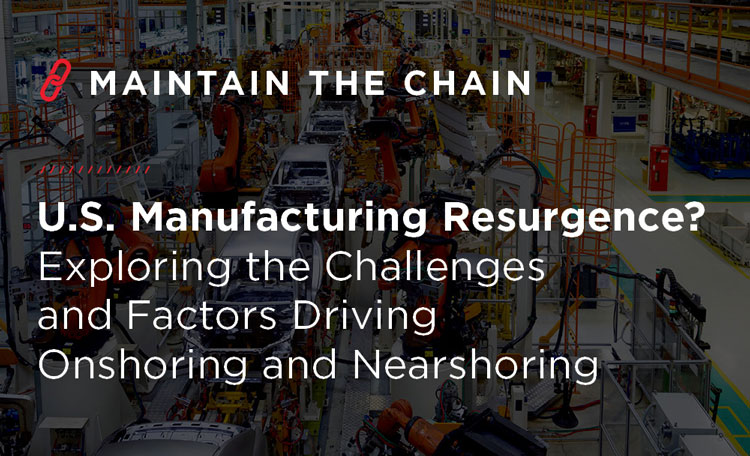Working with industrial occupiers around the world means we’ve become experts at just about every part of the supply chain. Alongside our real estate prowess, what makes us adept at supply chain solutions is the fact we evaluate all factors relating to the supply chain to save you time and money. From real estate and labor to transportation and distribution, we have the data to support custom-made solutions around logistics consulting, supply chain strategy, and facility design services. It’s amazing what you can achieve from end-to-end when you have experts at every stage.
We Cut Through the Complexity
Connecting Supply Chain and Real Estate Strategies
Supply Chain Optimization is used to determine the unique network configuration that makes your business profitable and sustainable while getting product to your customers quickly and efficiently. 80% of the capability and value of a supply chain is determined at the design stage, making Supply Chain Optimization a critical first step to ensuring your business infrastructure and real estate assets meet your needs, now and in the future. Let our team of experts integrate our industrial real estate expertise and strategic supply chain engineering knowledge to ensure your business is flexible, resilient and poised for the future.
Discover the benefits of an integrated supply chain and real estate strategy.











